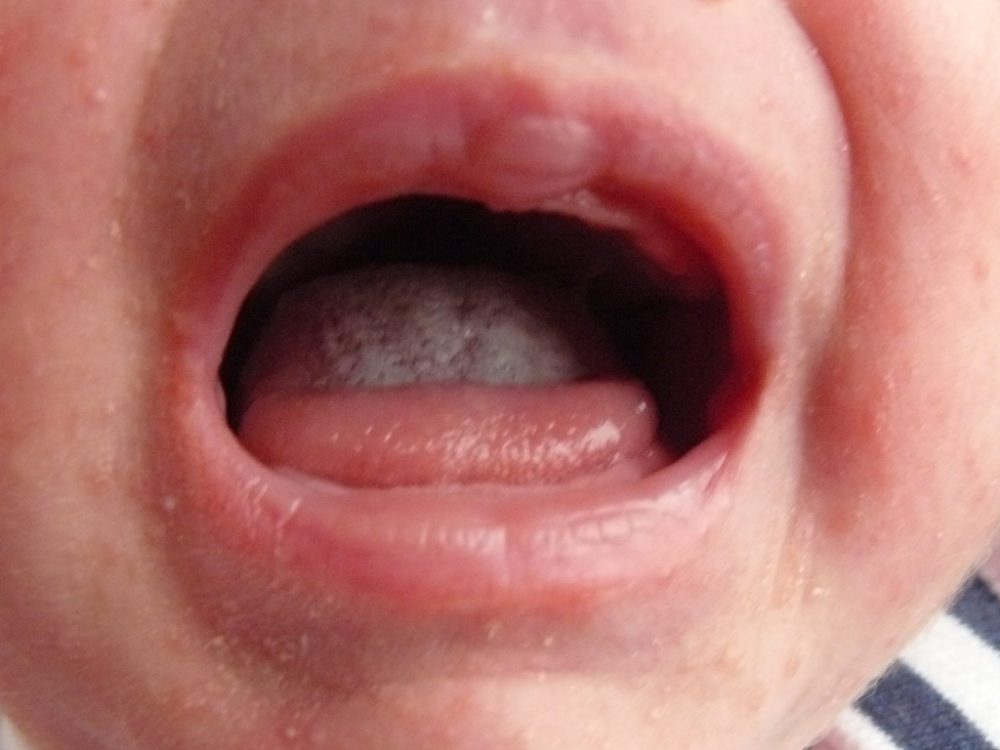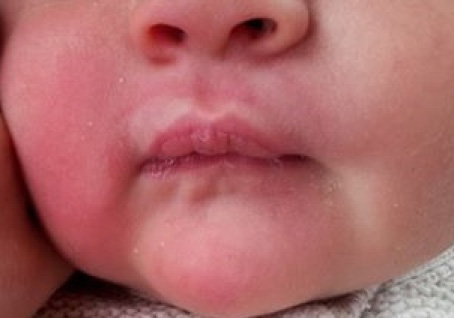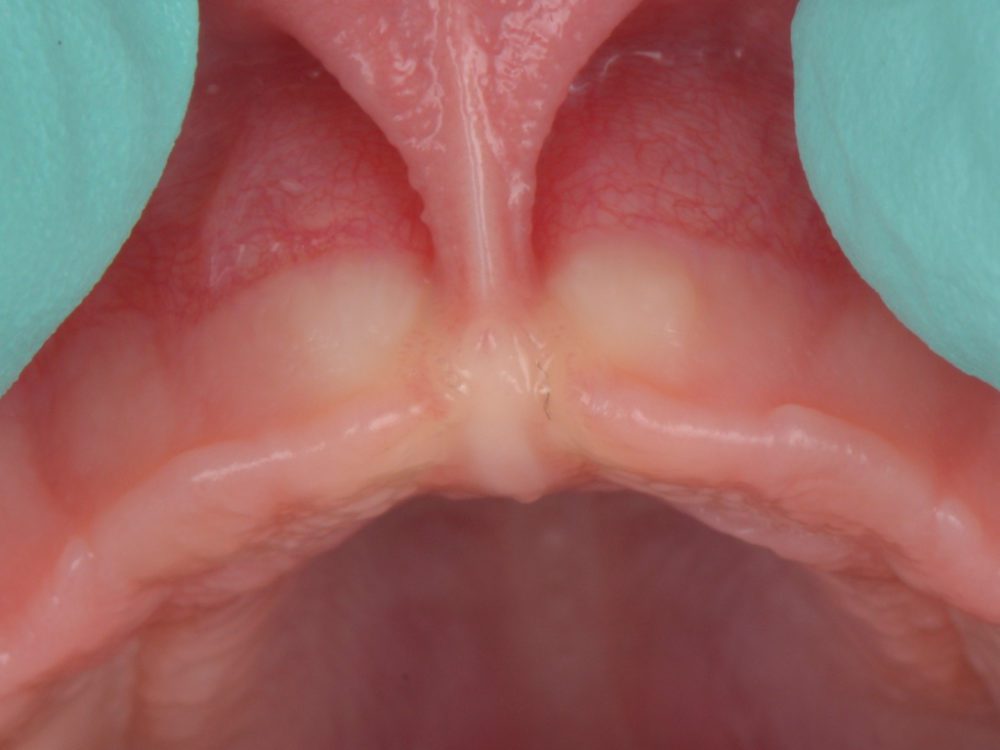What are signs and symtptoms of tongue and lip tie?
We also have this comprehensive checklist.
Mother:
- Pain latching on (not always), damaged nipples, nipple gets flattened after drinking or is discouloured (sometimes Raynaud) ;
- The use of a nipple shield, otherwise latching on not always possible;
- Baby cannot drink the breast well, causing clogged mammary glands or inflammation of the breast (mastitis);
- In addition to breastfeeding, formula feeding is required or the mother needs to pump to get production going.
Babies:
- Clicking sound (releasing vacuum);
- Baby cannot open mouth wide, sucks only the nipple in;
- Baby drinks very “forcefully”, sometimes bites, or clamps with the jaw;
- Drinks restlessly / impatiently at the breast or is quickly tired; Drinks briefly, releases a lot, or drinks “all day” on the breast;
- Drinking a lot of air, reflux symptoms, colic, spitting, burping, distended belly, wind;
- Moderate growth of the baby;
- Because the tongue does not reach the palate can up moving the palate sometimes remains high. This may give less space in the nose, making the baby appear to have a cold and continue to breathe through the mouth.
- Because the baby has difficulty fully using the tongue, a white deposit remains on the tongue. This is not a thrush, but taste buds with plaque (see photo);
- Babies with a tight lip tie where the front teeth come through around a year, sometimes get problems with feeding again and “bite”.
Children:
- Problems with the pronunciation of letters where the tongue has to be raised to the palate. Unclear speech. Eating solid food gives problems when the bolus of food cannot be moved well in the mouth from left to right and from front to back and is difficult to swallow. The child pushes his fingers, or leaves the food in the cheeks or chokes. Some little ones refuse certain textures or “pieces.”
- It is difficult to lick the rear molars, which can cause cavities. Brushing teeth is difficult, especially if a lip tie is present.
- Or have middle ear infection, because they do not properly empty the Eustachian tube when swallowing.
More good information on www.drghaheri.com.



